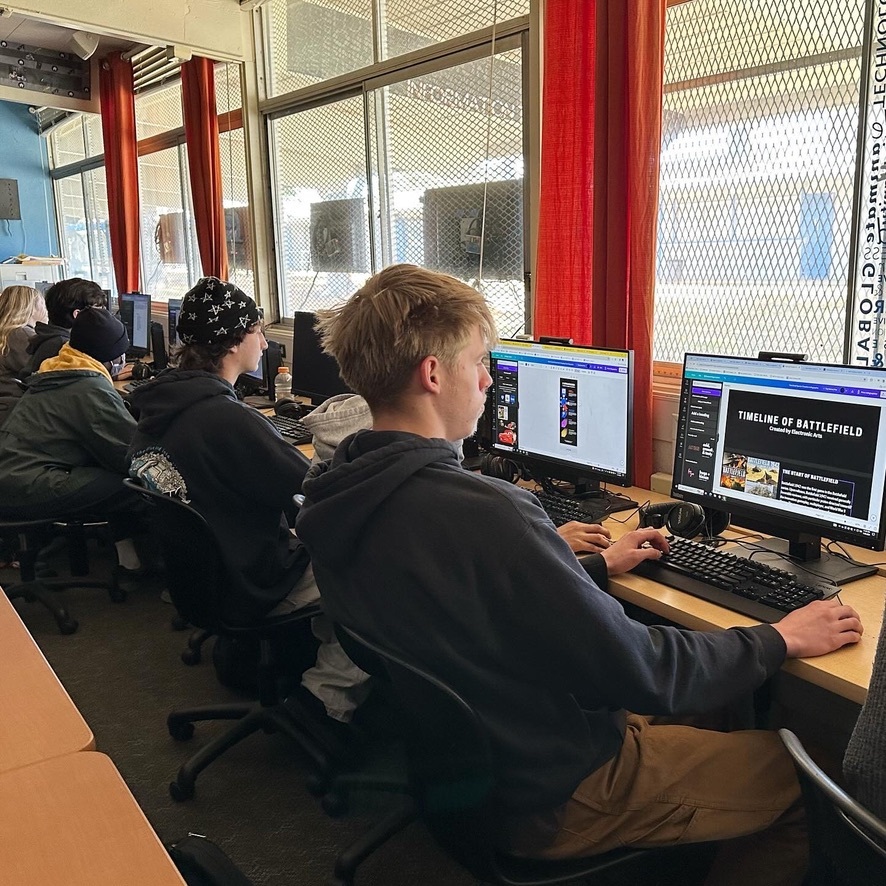
Executive Summary
The following paper and resources were primarily authored by Tom Vander Ark with support from the Getting Smart team. The Appendix was largely compiled by Bruce Umpstead. Below, we recorded a 20-minute overview of these findings at the embed link. You can also find this audio in the Getting Smart Podcast feed wherever you listen to podcasts.
Thank you to the Hoover Institution for the invitation to create this resource and we recommend that you read the other essays that are a part of their thoughtful curation of A Nation at Risk +40 | A Review of Progress in US Public Education.
The shift from print to digital is the most significant change in how human beings learn since the printing press. It marked a shift from information scarcity to abundance, a shift from searching to sorting. It changed what, how, and where people learn, and not always for the better. Social media feeds displaced newspapers, YouTube videos became the world’s instruction manual. In American schools, the shift to digital learning was gradual, uneven, often chaotic, expensive, and, while there was observed improvement in engagement, largely ineffective at boosting traditional outcomes.
By 2022, American elementary and secondary schools were spending about $44 billion annually on education technology (edtech) and related training adding $750 per student and more than 4 percent to school budgets. Over the forty-year shift, there was limited growth in basic skills (which was all lost during the pandemic) with some observed benefits to learner experience. New schools, particularly those in managed networks, appear to be the best examples of scaled technology-enhanced learning models implemented with fidelity and achieving strong results. The rise of generative AI in 2022 marks a new era of human-computer interaction.
For the sake of this paper and its accompanying Appendix, we have broken these 40 years into the following periods: Back of the Classroom (1983-1993), Welcome to the Web (1994-2004), The Rise of Blended Learning (2005-2015), Remote Learning and Beyond (2016-2023).
Computers haven’t had the effect on education that many of us in the industry have hoped. There have been some good developments, including educational games and online sources of information like Wikipedia, but they haven’t had a meaningful effect on any of the measures of students’ achievement.
Bill Gates


